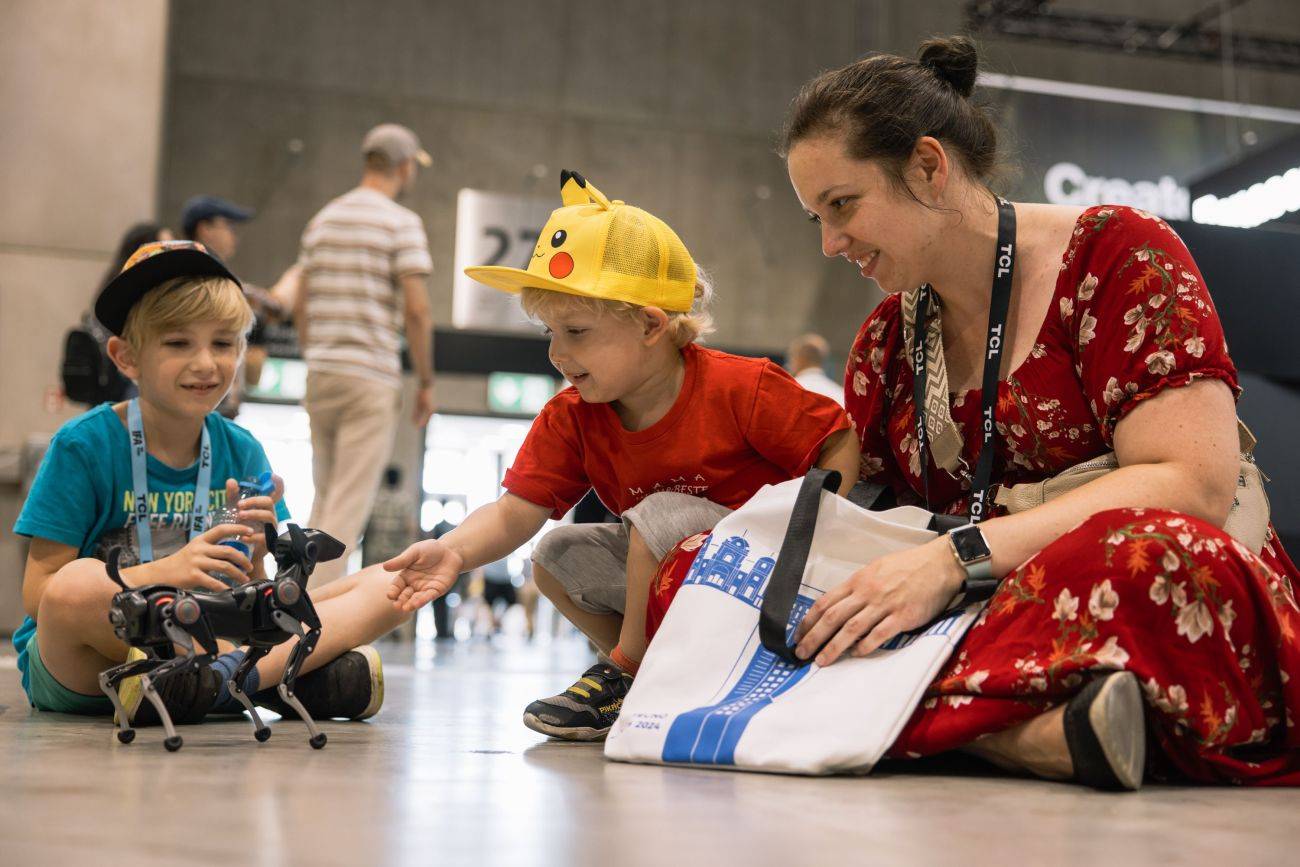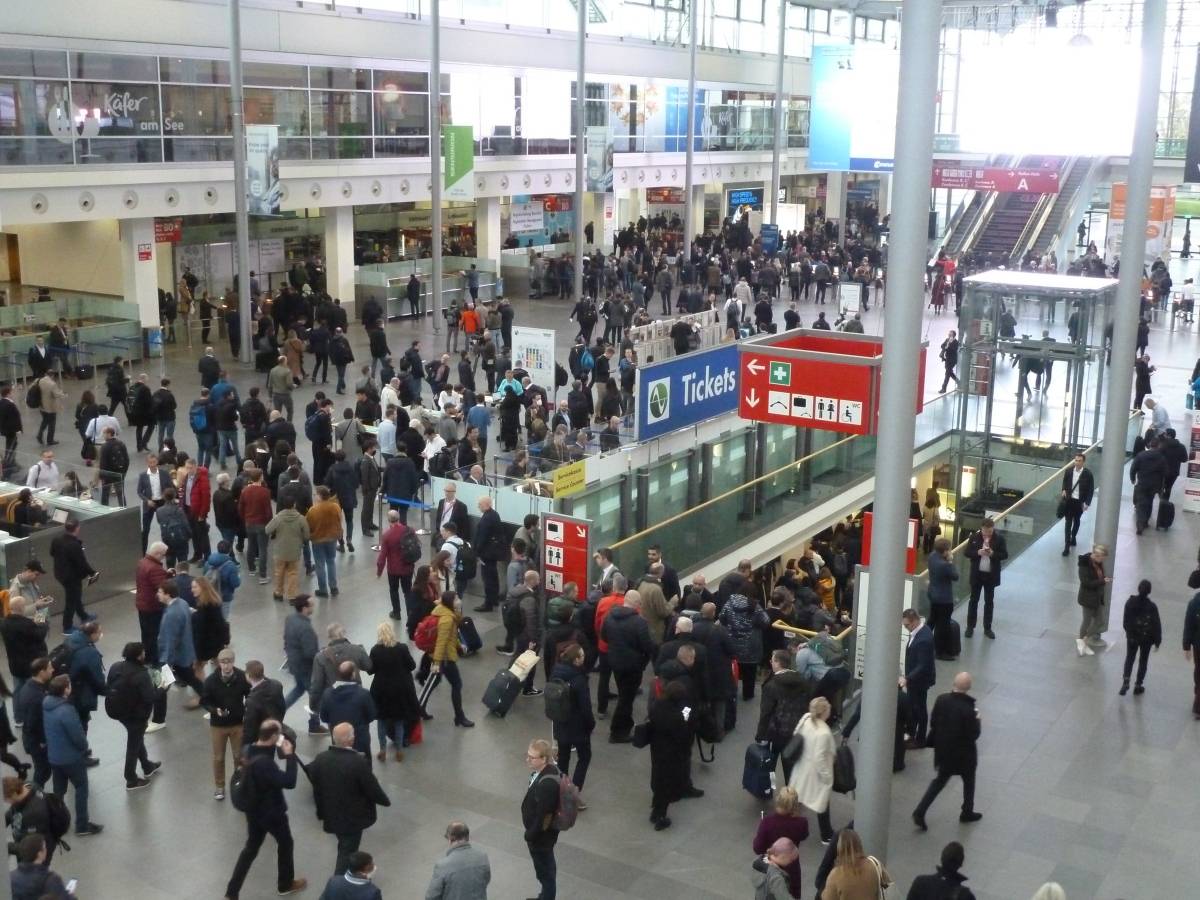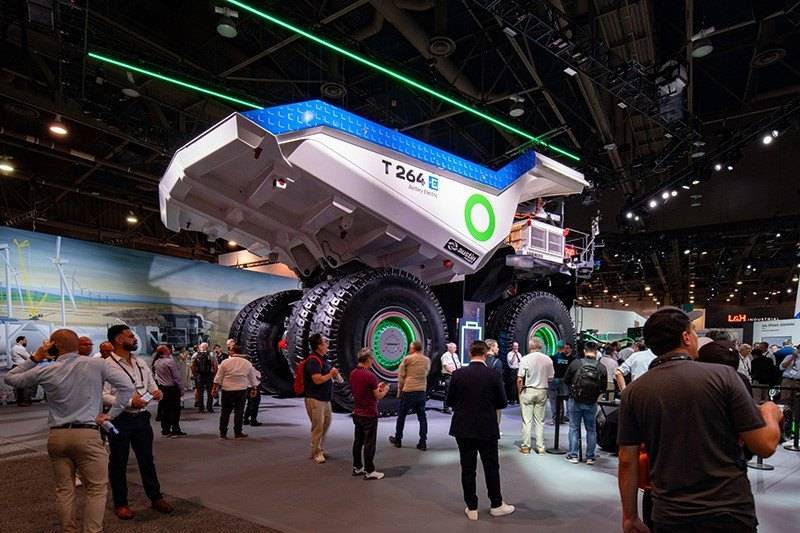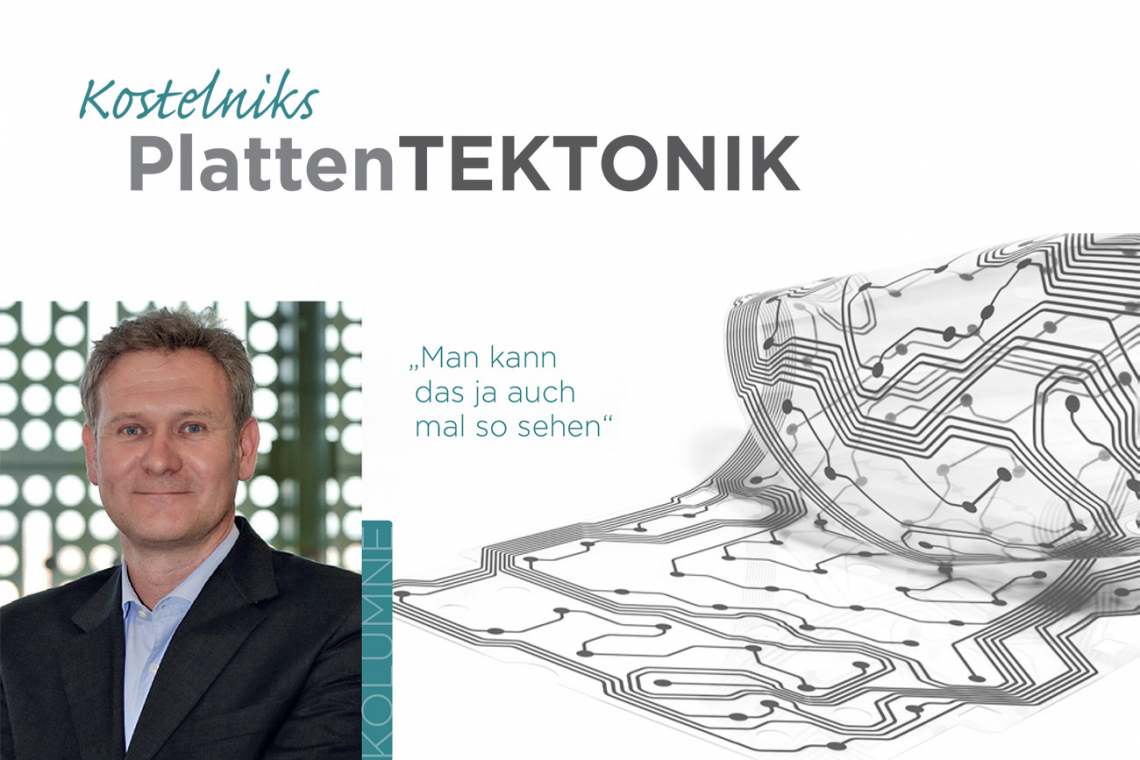In my May 2024 column, I briefly touched on this topic indirectly when I introduced AI/AI and NVIDIA and its game-changer AI boards: "On the fringes of trend-setting electronics trade fairs such as CES, the CEO of NVIDIA (Jen-Hsun Huang) almost casually mentioned at GPU 2024 that ...".
Jen-Hsun Huang already did this at a special trade fair for graphics processors and not at the HMI or 'electronica'. This may come as a surprise, but it is obviously the trend. The GPU is just one example. There are more and more new formats - and these are certainly leading to the death of traditional trade fairs. SMT&Hybrid, for example, has not survived despite its new branding as SMTconnect. Parallel trade fairs and new trade fair formats are diverting interested parties and customers. And only contribute to a limited extent to the revitalization of a trade fair with relatively expensive capital goods such as placement machines. As mentioned, there is now another format for this, namely in-house trade fairs or the merger of friendly companies into themed trade fairs/conferences. On the one hand, they have become clear competitors. On the other hand, it is also clear that certain formats are simply no longer up to date. Why is that?
 Impressions of the IFA 2024 in Berlin
Impressions of the IFA 2024 in Berlin
Visitors have less and less time available
In the boom times of the electronics industry, people spent at least three days either in Nuremberg at SMT and/or even five to eight days in Munich at 'electronica'. When 'electronica' was located on the Theresienhöhe / on the Wiesn, it also went on until Saturday and beyond (as Gustl Keller described in the last issue).[1] I was still able to experience this myself in the 1990s. 'electronica' 2024 seems to be a glorious exception and already promises to be a huge success. Records, records, records in terms of exhibitors, exhibition space - perhaps also in terms of visitors? Although the whole thing only takes place over four days. The question is: What will the mood and optimism be like? Will it be enough for the world's leading trade fair 'electronica' to be so popular again in two years' time?
 Well attended: 'electronica' in 2022
Well attended: 'electronica' in 2022
Will new formats and locations become more important?
What characterized trade fairs in the past? In Bavaria, especially in Munich, they were always a bit of an Oktoberfest in the evening, with pretzels and veal sausage at the trade fair stands. But you can now also get that in China, let's take a look at current international trade fair calendars [2]. In the same one-year period (November 2024 - November 2025), 50 electronics trade fairs will take place in the People's Republic of China, 32 in Germany and 15 in the USA. So what are the 'unique selling points' of electronics trade fairs in Germany in the post-coronavirus era? Well, you don't have to travel so far: It saves time and money for Central and Western Europeans. For Americans and Asians, these are not compelling arguments. But that's where you want to sell your goods and services, because that's where the markets of the future are - unfortunately not here in Western Europe. Or can you think of a correspondingly promising major investment by an electronics manufacturer or processor/finisher that will ensure competitiveness here in Western Europe for the next few years? Perhaps the major order from Australia to Liebherr - signed with media impact at the MINExpo in Las Vegas (USA) - for the delivery of 'dump trucks' for no less than € 2.5 billion will be a beacon [3]. What do mining and rolling monsters have to do with electronics, you ask? Well, these vehicles are all to be fully electrically powered. In other words, something for high-voltage and high-current electronics ... Who are the suppliers in Europe, or do we have to look to Asia again? But that would take us too far afield ... perhaps I will address this topic at a later date. We were on the subject of trade fairs and their benefits in the here and now, and also in the future, here in Europe. In my opinion, several trade fairs will lose their significance and their character as leading trade fairs and will therefore disappear sooner or later. After all, trade fairs are only a reflection of a functioning economy.
 Battery-electric T264 at the MINExpo 2024 in Las Vegas
Battery-electric T264 at the MINExpo 2024 in Las Vegas
The importance of trade fairs has changed
There is simply a lack of driving forces for correspondingly large and successful trade fairs, especially at a time when many companies are struggling to survive. And this time it will probably and foolishly not just be a dip, a downturn in the pig cycle, but a profound and permanent break. The continuous value chain of the electronics industry here in Germany will continue to disintegrate and only rudimentary companies and a few unicorns will continue to fight for orders on the market. And this in competition with global suppliers from East, West and South.
The remaining manufacturers of electronics and machines for the production of electronics will mainly take part in in-house trade fairs and will also be represented at some major leading trade fairs.
These leading trade fairs have not disappeared, but have moved elsewhere.
You can also look at it that way.
Best regards
Jan Kostelnik
www.tebko.de
Sources
[1] 'The world's leading trade fair for electronics turns 60 and gets bigger', PLUS 10/2024.
[2] messeinfo.de
[3] See www.liebherr.com/de-de/n/größter-auftrag-in-der-firmengeschichte-475-liebherr-maschinen-gehen-an-den-mining-konzern-fortescue-97280-6335108 (accessed: 11.10.2024).


